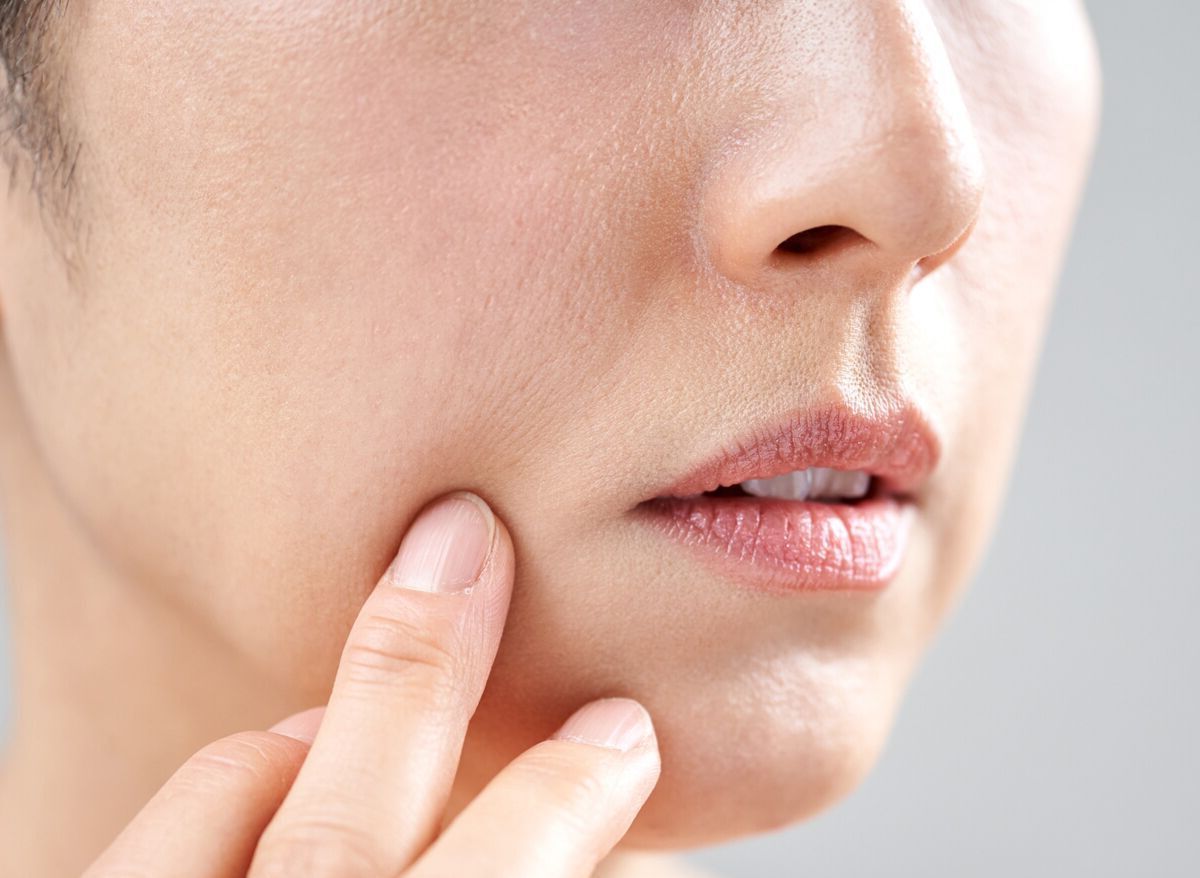
Gerodermia Osteodysplastica is a rare genetic disorder that affects the connective tissues, leading to symptoms like loose skin, fragile bones, and growth delays. Caused by mutations in the GORAB gene, this condition is inherited in an autosomal recessive manner, meaning both parents must carry the gene for a child to be affected. Symptoms often appear in early childhood and can vary in severity. While there is no cure, treatments focus on managing symptoms and improving quality of life. Understanding this condition can help those affected and their families navigate the challenges it presents. Let's dive into 22 intriguing facts about Gerodermia Osteodysplastica.
Key Takeaways:
- Gerodermia Osteodysplastica is a rare genetic disorder affecting the skin, bones, and joints, causing unique physical features and mobility challenges. Treatment focuses on managing symptoms and improving quality of life.
- Ongoing research aims to understand Gerodermia Osteodysplastica better and develop more effective treatments, offering hope for individuals affected by this rare condition. Support from healthcare professionals and patient organizations can make a significant difference.
What is Gerodermia Osteodysplastica?
Gerodermia Osteodysplastica (GO) is a rare genetic disorder affecting connective tissue. It primarily impacts the skin, bones, and joints, leading to various physical manifestations. Here are some intriguing facts about this condition.
-
Genetic Origin: GO is caused by mutations in the GORAB gene, which plays a crucial role in the development and maintenance of connective tissues.
-
Inheritance Pattern: This disorder follows an autosomal recessive inheritance pattern, meaning both parents must carry the mutated gene for a child to be affected.
-
Skin Symptoms: Individuals with GO often have loose, wrinkled skin, especially noticeable on the hands and feet.
-
Bone Fragility: People with this condition are prone to fractures due to brittle bones, a hallmark of the disorder.
-
Joint Laxity: Joint hypermobility is common, leading to frequent dislocations and other joint-related issues.
How Does Gerodermia Osteodysplastica Affect Daily Life?
Living with GO can be challenging due to its impact on physical health and mobility. Understanding these effects can help in managing the condition better.
-
Delayed Growth: Children with GO often experience delayed growth and may be shorter than their peers.
-
Facial Features: Distinctive facial features such as a prominent forehead, sunken cheeks, and a small chin are often present.
-
Dental Issues: Dental anomalies, including delayed eruption of teeth and misalignment, are common.
-
Respiratory Problems: Some individuals may have respiratory issues due to the structural abnormalities in the chest.
-
Mobility Challenges: Frequent fractures and joint problems can significantly impact mobility, requiring the use of mobility aids.
Medical Management and Treatment
While there is no cure for GO, various treatments and management strategies can help alleviate symptoms and improve quality of life.
-
Orthopedic Interventions: Regular monitoring by an orthopedic specialist is essential to manage bone fractures and joint dislocations.
-
Physical Therapy: Physical therapy can help improve joint stability and muscle strength, reducing the risk of injuries.
-
Skin Care: Specialized skin care routines can help manage the loose, wrinkled skin and prevent infections.
-
Dental Care: Regular dental check-ups and orthodontic treatments are crucial for managing dental anomalies.
-
Respiratory Support: In severe cases, respiratory support may be needed to address breathing difficulties.
Research and Future Directions
Ongoing research aims to better understand GO and develop more effective treatments. Here are some current areas of focus.
-
Gene Therapy: Researchers are exploring gene therapy as a potential treatment to correct the underlying genetic mutation.
-
Bone Density Studies: Studies on bone density and strength are helping to develop better strategies for preventing fractures.
-
Skin Elasticity Research: Investigations into skin elasticity and connective tissue function may lead to improved skin care treatments.
-
Patient Registries: Establishing patient registries helps researchers gather data and track the progression of the disorder.
-
Clinical Trials: Clinical trials are ongoing to test new medications and therapies that could benefit individuals with GO.
Support and Resources
Support from healthcare professionals, patient organizations, and the community can make a significant difference in the lives of those affected by GO.
-
Patient Organizations: Organizations like the National Organization for Rare Disorders (NORD) provide resources and support for individuals with GO and their families.
-
Online Communities: Online forums and social media groups offer a platform for patients and caregivers to share experiences and advice.
Understanding Gerodermia Osteodysplastica
Gerodermia Osteodysplastica (GO) is a rare genetic disorder that affects connective tissues, leading to fragile bones and prematurely aged skin. Knowing the symptoms and causes can help in early diagnosis and better management. GO is caused by mutations in the GORAB gene, which plays a crucial role in skin and bone development. Symptoms include loose skin, joint laxity, and frequent fractures.
Treatment focuses on managing symptoms and improving quality of life. Physical therapy, orthopedic interventions, and skin care routines are essential. Genetic counseling can provide valuable insights for affected families.
Raising awareness about GO can lead to better support and resources for those affected. Sharing information and supporting research can make a significant difference. Understanding this condition helps in creating a more inclusive and informed community.
Frequently Asked Questions
Was this page helpful?
Our commitment to delivering trustworthy and engaging content is at the heart of what we do. Each fact on our site is contributed by real users like you, bringing a wealth of diverse insights and information. To ensure the highest standards of accuracy and reliability, our dedicated editors meticulously review each submission. This process guarantees that the facts we share are not only fascinating but also credible. Trust in our commitment to quality and authenticity as you explore and learn with us.
